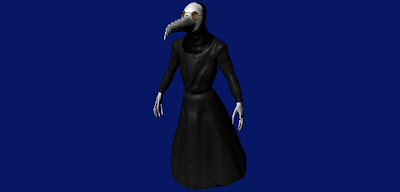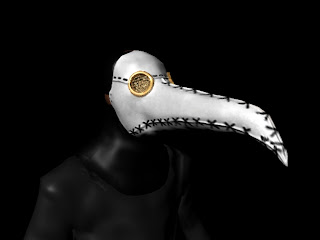The aim of this project
was
to
explore how exaggerating realistic movement in character animation
can influence a character's performance and believability using a
combination of traditional and emerging animation techniques.
In the process of
creating this project I had to research and learn new techniques and
how to use some new technologies. This is a personal reflection of
my personal development over the year.
To begin the first
thing that I learnt about was the rotoscope technique which was
rather surprisingly something that I had not known about before this
project. This is where in 2D animation an animator would essentially
trace the live action movements of an actor frame by frame. I
discovered this through my research into Gollum from the Lord of the
Rings trilogy due to the fact that they used a 3D variant of this
technique in the creation of Gollum's animation which they named
roto-animating. This is where instead a 3D character is animated over
a live actor to imitate their performance.
This naturally led me
onto the use of motion capture to imitate character movement which
was the second major aspect I had not previously looked into. The
issue with exploring this technique was the lack of a motion capture
studio, however after some research I discovered a program that would
allow me to use an Xbox Kinect device to allow a character rig to
move in sync with a persons movement and also to create motion
captured footage. Allthough it wasn't perfect it allowed me to
identify methods of using motion capture footage in animation. One
way to edit a motion captured skeleton on its own without a rig
attached was using a combination of animation layers and adding some
basic rigging to the motion capture skeleton, I had created basic
rigs before but I had never used animation layers for animating. It
was soon after I discovered this that I was told that our university
was building a motion capture studio that would be completed half way
through the project.
After this I began to
combine these techniques with traditional key-framed animation to
identify the strengths and weaknesses of using these methods in
traditional animation. After attaching a rig to the motion capture
footage it became apparent that there is much more control from
directly controlling the rig than attempting to edit the motion
capture footage to control the rig. Also it was soon after my
combination of roto-animation and key-framed animation that it was
pointed out to me that by trying to stick so closely to the
roto-animated footage that the performance was not achieving its full
potential due to me putting focus on attempting to combine the two
rather than focusing on the performance.
I then began working
on the final animation for the project, the environment I built using
boolean modelling tools in Maya which is again something that I
hadn't known about previously and also taking advantage of modular
techniques that I was aware of however I hadn't used them
extensively in the past.
The character
Urubutsin was modelled in Mudbox and was my first full character
model I created within the program. I also textured the character
within Mudbox which once again was something I hadn’t done
previously. For this reason I also had never re-topologised a
high-poly character into a low-poly model for use in animation and
although I knew about baking textures and normals once again it was
something that I previously hadn’t done.
One of the final
pieces of personal development was the directing and acting in a
professional motion capture suite. During my first visit to the
motion capture suite I attempted to direct another actor to achieve
the motion captured footage, unfortunately it was more difficult than
I anticipated because I assumed that I would be able to achieve the
movement I wanted by simply attempting to interact to get a natural
reaction to the given situation. However it was only after I visited
the motion capture studio a second time and acted myself that I
realised that its much easier to simply act out the movements than
attempting to get a desired reaction from an actor.


















